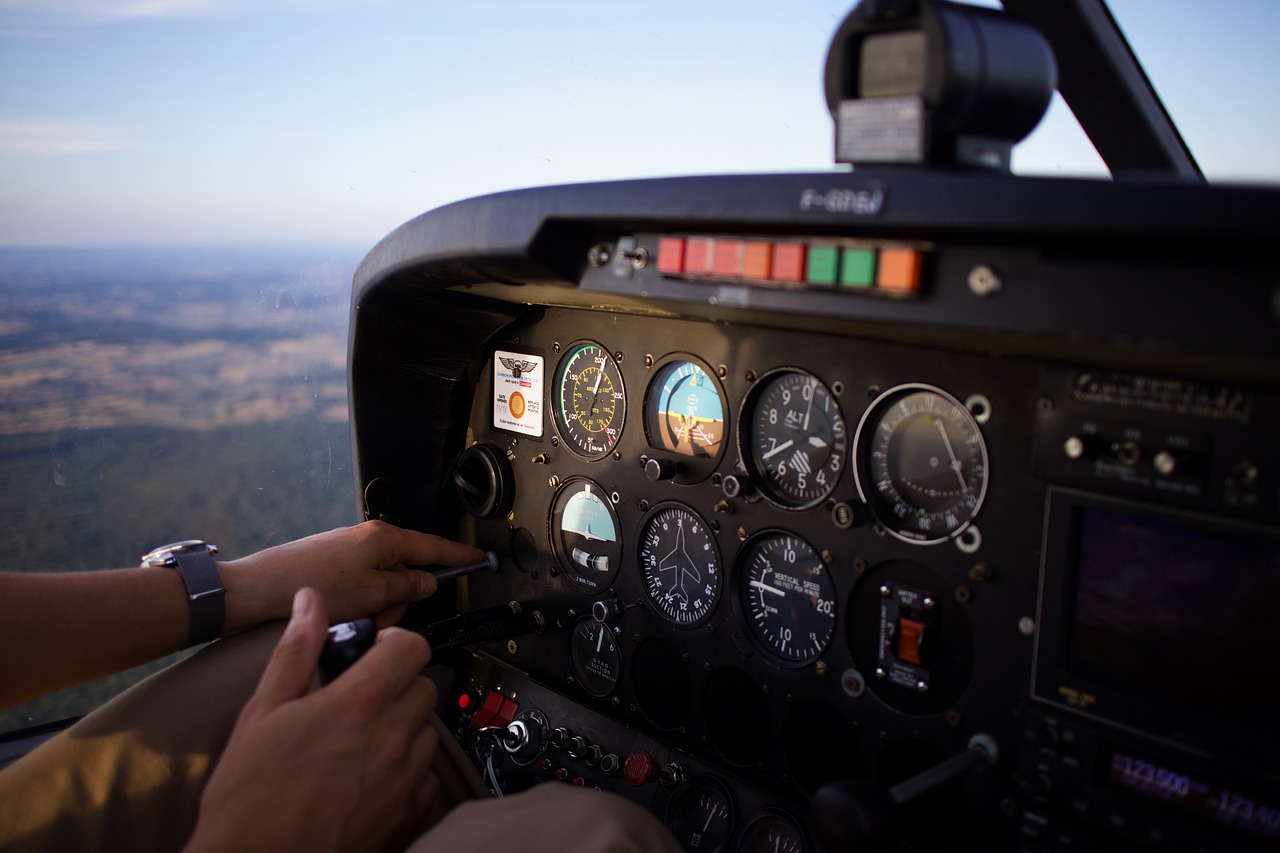
drone pilot
Introduction
In recent years, drones have revolutionized various industries, from filmmaking to agriculture and disaster response. As technology advances, the role of the drone pilot has become increasingly vital and complex. This article explores the multifaceted responsibilities of a modern drone pilot, including the necessary skills, the impact of regulations, and the future outlook of this dynamic profession.
The Evolving Role of the Drone Pilot
Traditionally, piloting was confined to aircraft with physical controls and extensive training. Today, drone pilots operate sophisticated unmanned aerial vehicles (UAVs) with digital interfaces and advanced sensors. The role has expanded beyond simple remote control to include data collection, analysis, and strategic planning. Modern drone pilots are expected to possess a blend of technical knowledge, operational skills, and situational awareness.
Skills and Qualifications
- Technical Proficiency: A deep understanding of drone technology is essential. This includes familiarity with flight controllers, GPS systems, and camera equipment. Pilots must be adept at troubleshooting technical issues and performing routine maintenance.
- Regulatory Knowledge: Navigating the regulatory landscape is crucial. In many countries, drone pilots must obtain certification from aviation authorities, such as the Federal Aviation Administration (FAA) in the United States or the European Union Aviation Safety Agency (EASA). These certifications often require passing written exams and demonstrating flight proficiency.
- Operational Expertise: Pilots must be skilled in planning and executing flight missions. This involves assessing weather conditions, planning flight paths, and ensuring the safe operation of the drone in various environments. For commercial applications, such as surveying or inspection, pilots must also understand the specific requirements of the industry they are working in.
- Data Analysis: Many drones are equipped with high-resolution cameras and sensors that collect valuable data. Pilots often need to process and analyze this data, which might involve using specialized software to generate reports or integrate findings into larger projects.
Impact of Regulations on Drone Pilots
Regulations play a significant role in shaping the responsibilities and opportunities for drone pilots. These rules are designed to ensure safety, privacy, and security. Key regulatory aspects include:
- Certification and Licensing: As mentioned, drone pilots often need to obtain certification, which involves meeting specific educational and practical requirements. Regulations vary by country, so pilots must stay informed about local laws.
- Operational Restrictions: Regulations typically impose restrictions on where and when drones can be flown. This may include limitations on flying over populated areas, restrictions around airports, and altitude limits. Pilots must be knowledgeable about these rules to avoid legal issues and ensure safe operations.
- Privacy Concerns: The use of drones with cameras can pose significant privacy issues.
- Regulations often address these concerns by setting guidelines for data collection and storage, requiring pilots to obtain consent when necessary and safeguarding the privacy of individuals.
Challenges and Opportunities
The field of drone piloting offers numerous opportunities but also presents challenges.
- Technical Advancements: Rapid technological advancements require pilots to continually update their skills and knowledge. Staying current with the latest drone models, software, and regulations is essential for success.
- Safety and Risk Management: Ensuring the safety of drone operations involves managing risks related to equipment malfunction, environmental factors, and potential collisions. Pilots must be adept at risk assessment and emergency response.
- Emerging Applications: The versatility of drones opens doors to various applications, from environmental monitoring to search and rescue operations. As new uses for drones emerge, pilots can explore diverse career paths and specializations.
Future Outlook
The future of drone piloting looks promising, with ongoing advancements in technology and expanding applications. Innovations such as autonomous drones, improved battery life, and enhanced AI capabilities are likely to shape the next generation of drone operations. Pilots will need to adapt to these changes, embracing new tools and techniques while continuing to adhere to evolving regulations.
Conclusion
The role of the modern drone pilot is complex and multifaceted, requiring a combination of technical expertise, regulatory knowledge, and operational skills. As technology continues to evolve, drone pilots will play an increasingly important role in various industries. By staying informed and adaptable, they can navigate the skies of innovation and seize the opportunities that lie ahead.








